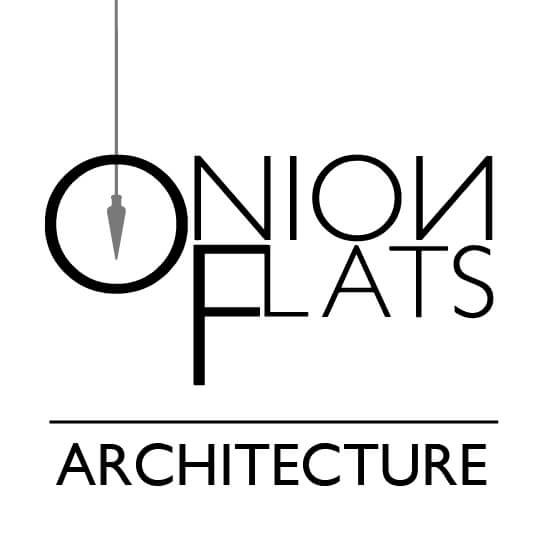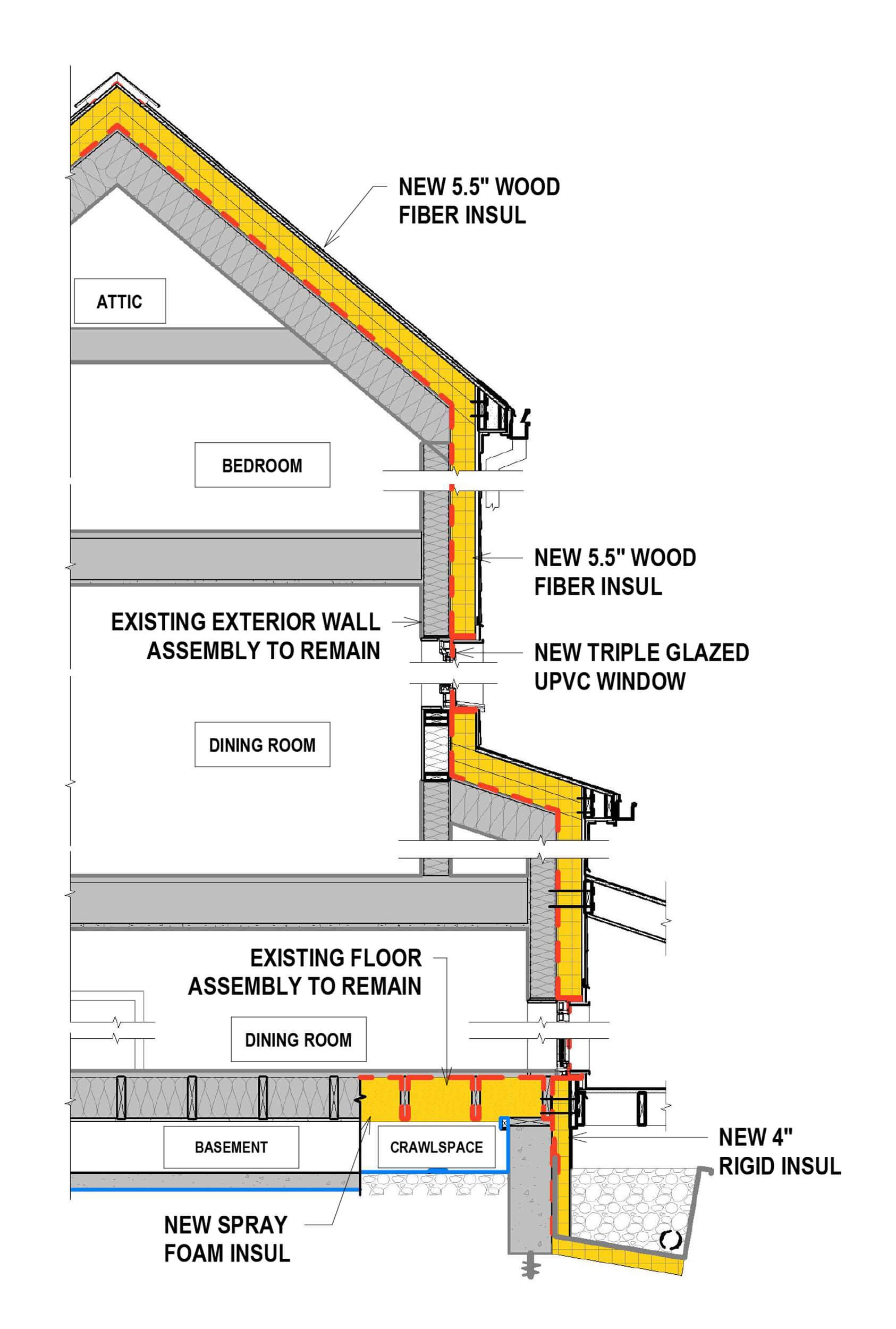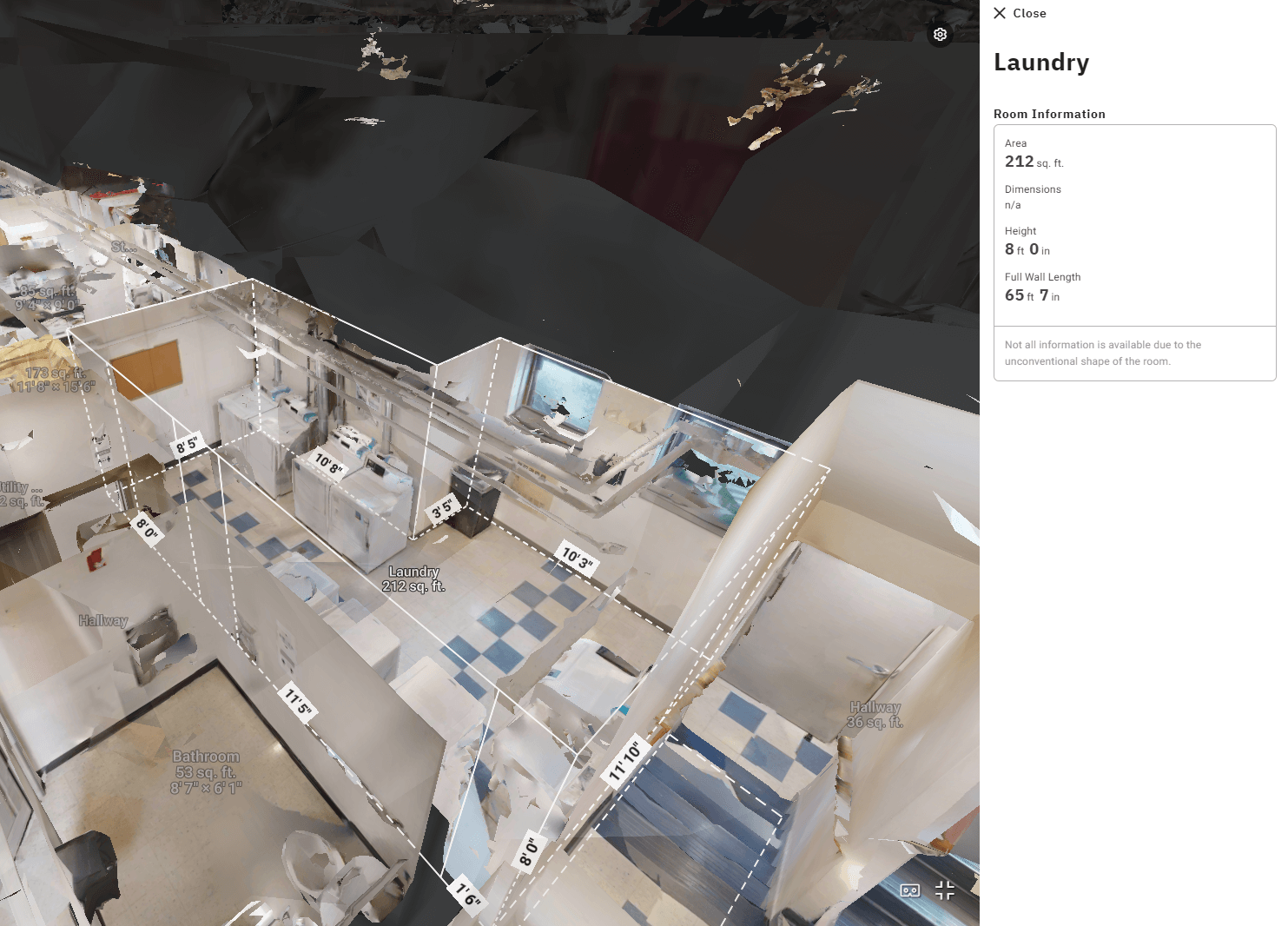Brian J Honan Apartments
Location: Boston, MA
Client: Allston Brighton CDC
Completion Date: 2025 - 2026
Project Type: Multi-family, Deep Energy Retrofit
Status: Construction Phase
Project Overview: Built approximately 18 years ago the BJH buildings need significant exterior renovations. OFA is developing a high-performance thermal envelope and all electric systems for the DER. RMI and Boston MOH are actively supporting the project goals. BJH will be part of the 1,000 apartment challenge by RMI for DER renovations in Massachusetts before 2024. The Boston Mayor’s Office of Housing has approved $1.5 million in funding for the project to preserve affordable housing with funding DERs. Existing exterior walls will be stripped down to sheathing
and then insulated with FSC wood fiber insulation. The walls are then finished with new rainscreen lap siding. Windows and doors will be replaced with high performance products to complete the new superinsulated envelope. Particular attention to exterior detailing will be done to reduce maintenance costs and fix existing water issues. Additional insulation will be added to roofs, basement walls, and crawlspaces for a complete thermal envelope.






